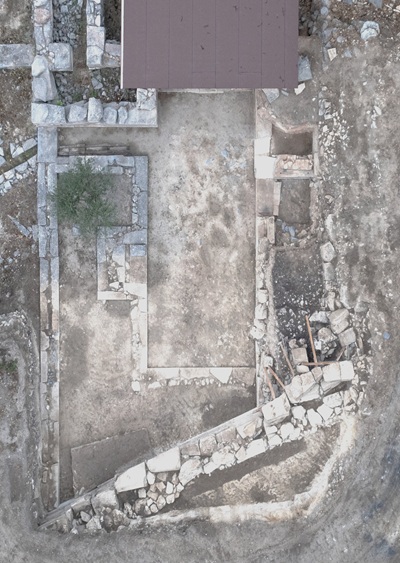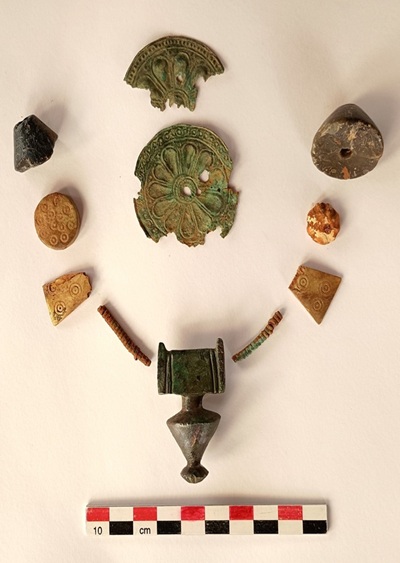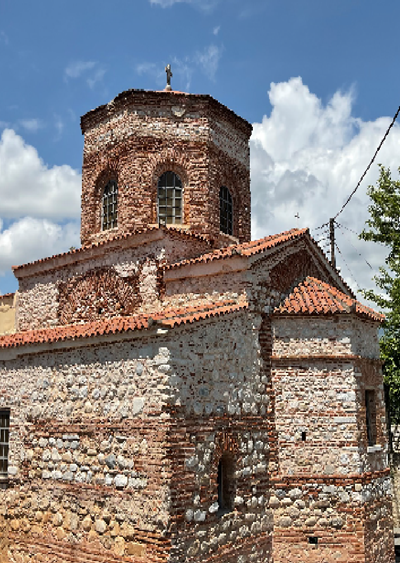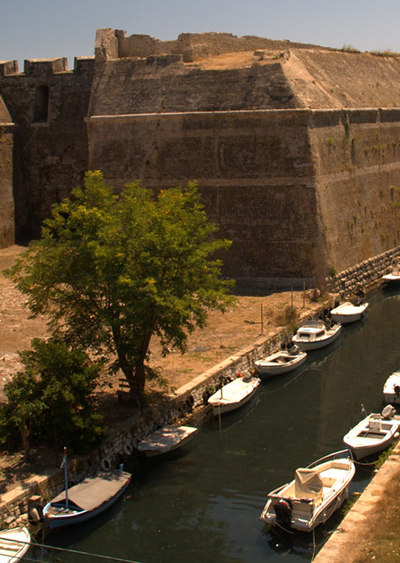
The Ministry of Culture is creating an archaeological walk in Molyvos with the aim of preserving and highlighting “emblematic” points, irrefutable witnesses of the past of the ancient city of Mithymna. The design of the archaeological walk, which consists of three routes in Ancient Mithymna, concerns the promotion of ancient remains that came to light in rescue excavations, allowing the visitor of the settlement to tour sites of antiquity, the Byzantine and Ottoman periods, selected newer monuments, but also the medieval castle of Mithymna.
As the Minister of Culture Lina Mendoni declared, “The settlement of Molyvos, due to its special architectural characteristics, the overall image of the landscape and its long history, is protected as a traditional settlement since 1978 with conditions and building restrictions, while numerous individual buildings and building complexes are also classified as historical monuments. The study -on which the Central Archaeological Council gave a unanimous positive opinion- integrates and highlights, through the creation of an archaeological walk -composed of three cultural routes- the archaeological sites of the settlement -which for years, while they have been discovered, remain obscure and neglected- as well as newer monuments. The creation of the archaeological walk highlights the historical physiognomy of the settlement in the historical timeline, while at the same time contributing to the competitiveness of the tourist product and thus to the local economic development”.

Based on the study of the archaeological walk within the declared archaeological site of Mithymna, rescue excavations of the period 1987 to the beginning of 2000 are highlighted. Prehistoric remains, settlement islands of the Geometric and Archaic period, cemeteries of the Hellenistic period, baths of the late Hellenistic and Roman period with mosaic floors have been brought to light.
Mithymna was one of the most important ancient cities of Lesvos with a remarkable prosperity mainly during the Archaic period. It has been continuously inhabited from the end of the 2nd millennium BC until today, so that relics of its long history are visible throughout the settlement and in the area of Dapia. Due to its location, it developed naval activity as early as the 8th century BC, establishing colonies on the opposite coast of Asia Minor and controlling the sea route to Hellespont and Propontis.







Leave A Comment